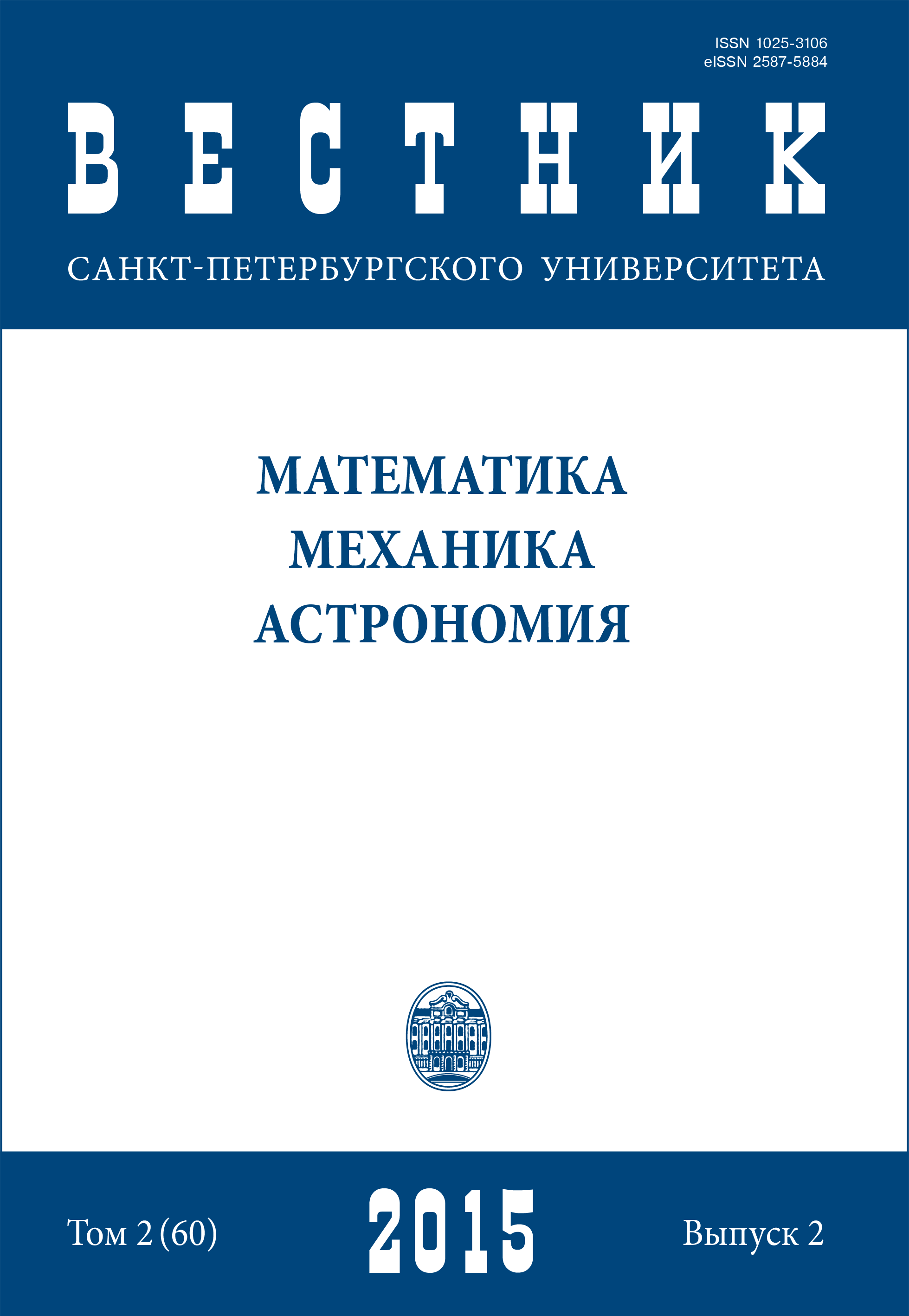Numerical study of transonic flow past twisted wing J-78
Abstract
The spatial flow around an asymmetric wing segment J-78 with atwistisstudied.Theendsof the segment have different angles of attack, wherein at one end 2D flow is characterized by two supersonic regions, and at the other end 2D flow has one supersonic region above the upper surface. Solutions of Reynolds-averaged Navier-Stokes equations are obtained with Ansys CFX-13 finite volume solver. A three-dimensional mesh with elongated along the wing span elements near the wing is used. The features of the flow are studied in the certain range of average angle of attack. This range corresponds to coalescence and splitting of the supersonic regions above the upper surface of the wing. At small angles of twist and a small elongation of the wing segment there is no coexistence of two and one supersonic regions above the upper surface of the wing. The similar shape of supersonic regions occurs along the whole length of the segment, despite of the fact that the local angles of attack at the ends of the segment correspond to the different flow regimesestablishedfor2D flow. An increase in elongation and (or) an increase in the angle of twist leads to the appearance of the transition range of average angle of attack, in which there are regimes with the coexistence of one and two supersonic regiones. In the transition rangehange of the lift occurs continuously. Refs 15. Figs 11.Keywords:
numerical study, transonic flow, airfoil, supersonic region, lift coefficient
Downloads
Downloads
Published
How to Cite
Issue
Section
License
Articles of "Vestnik of Saint Petersburg University. Mathematics. Mechanics. Astronomy" are open access distributed under the terms of the License Agreement with Saint Petersburg State University, which permits to the authors unrestricted distribution and self-archiving free of charge.




